Shake Shack has announced it will close six of its underperforming locations in California, including five in Los Angeles. This decision comes after California implemented a new $20 minimum wage.
The closures are part of a wider strategy to eliminate sites that are not expected to yield acceptable returns, according to a filing with the Securities and Exchange Commission.
The Financial Logic for Closures

“It’s all about the numbers,” suggests a recent SEC filing by Shake Shack, stating that the closed locations “are not projected to provide acceptable returns in the foreseeable future.”
This decision demonstrates the company’s push to fine-tune its operations amid evolving economic conditions.
Wage Hike Effects Ripple Through Operations
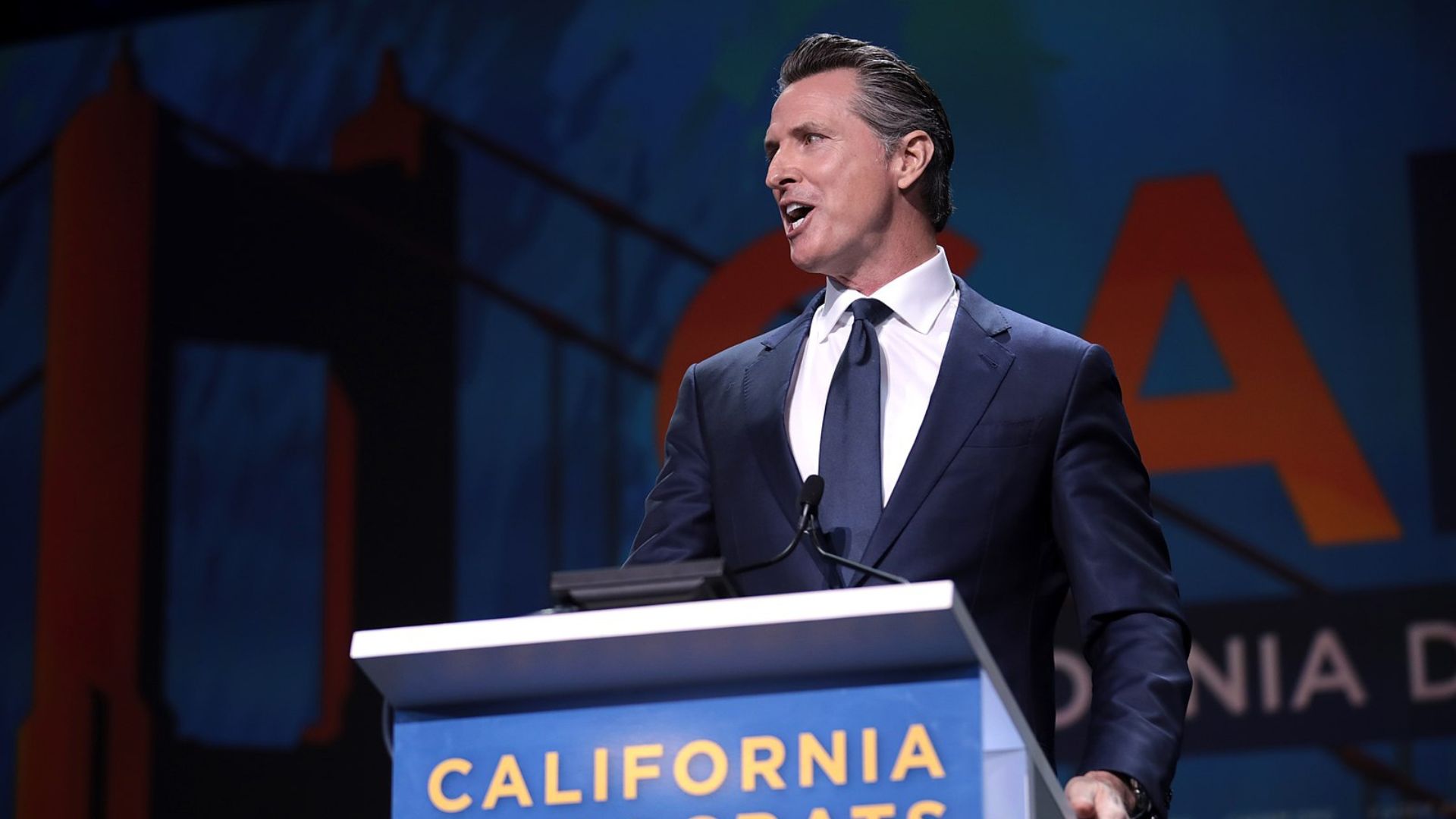
California’s bold step to increase the minimum wage for fast-food workers to $20 on April 1st has sent waves through the sector.
Responding to these new financial pressures, Shake Shack plans to reduce its footprint in the state to 37 outlets.
Why Close These Particular Spots?
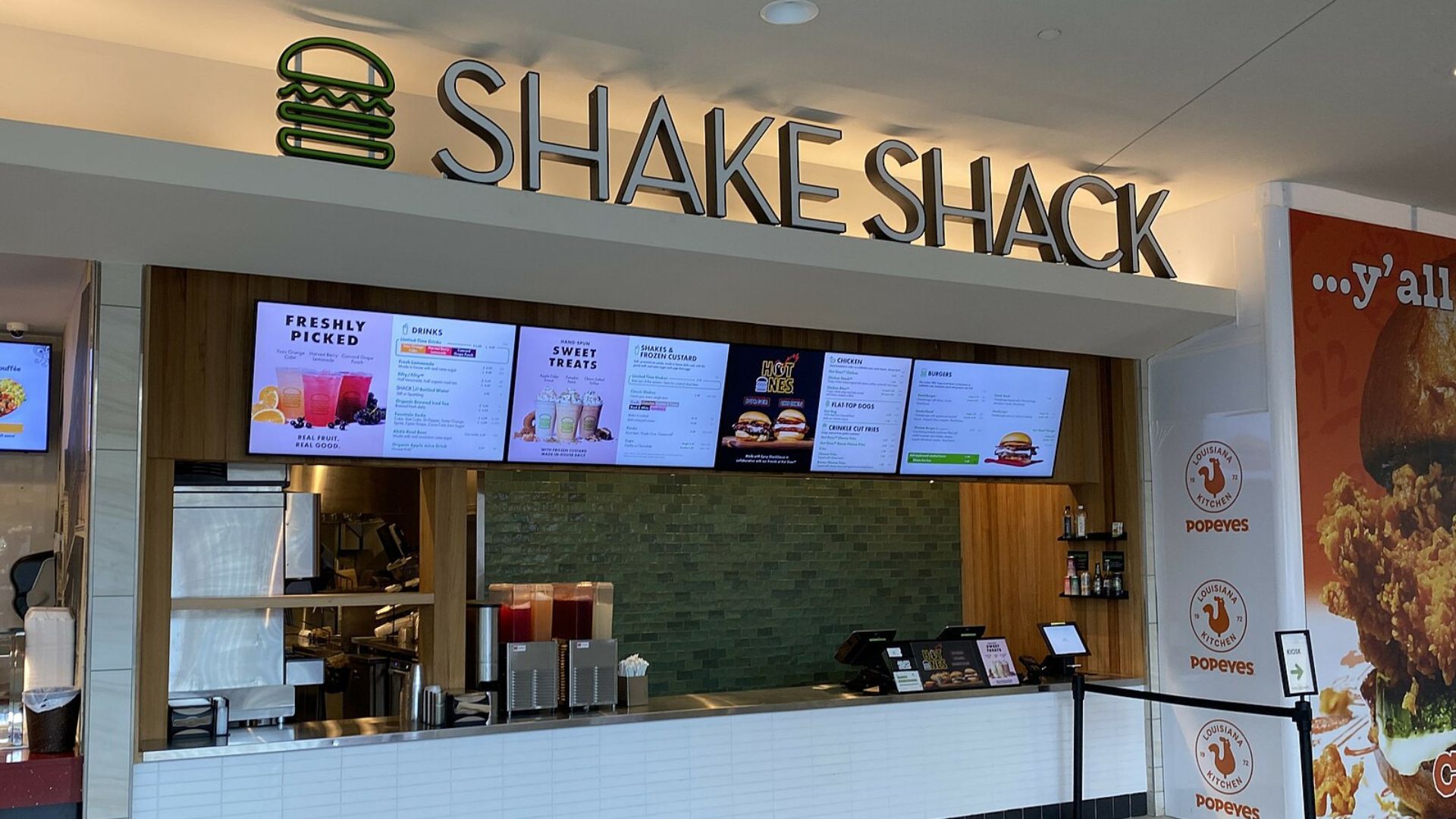
In explaining its decision, Shake Shack pointed to “changes in the trade area.”
This is a note from their SEC filing that highlights how shifts in local market dynamics and consumer habits are influencing where they choose to operate.
Company’s Response to Wage Law Queries
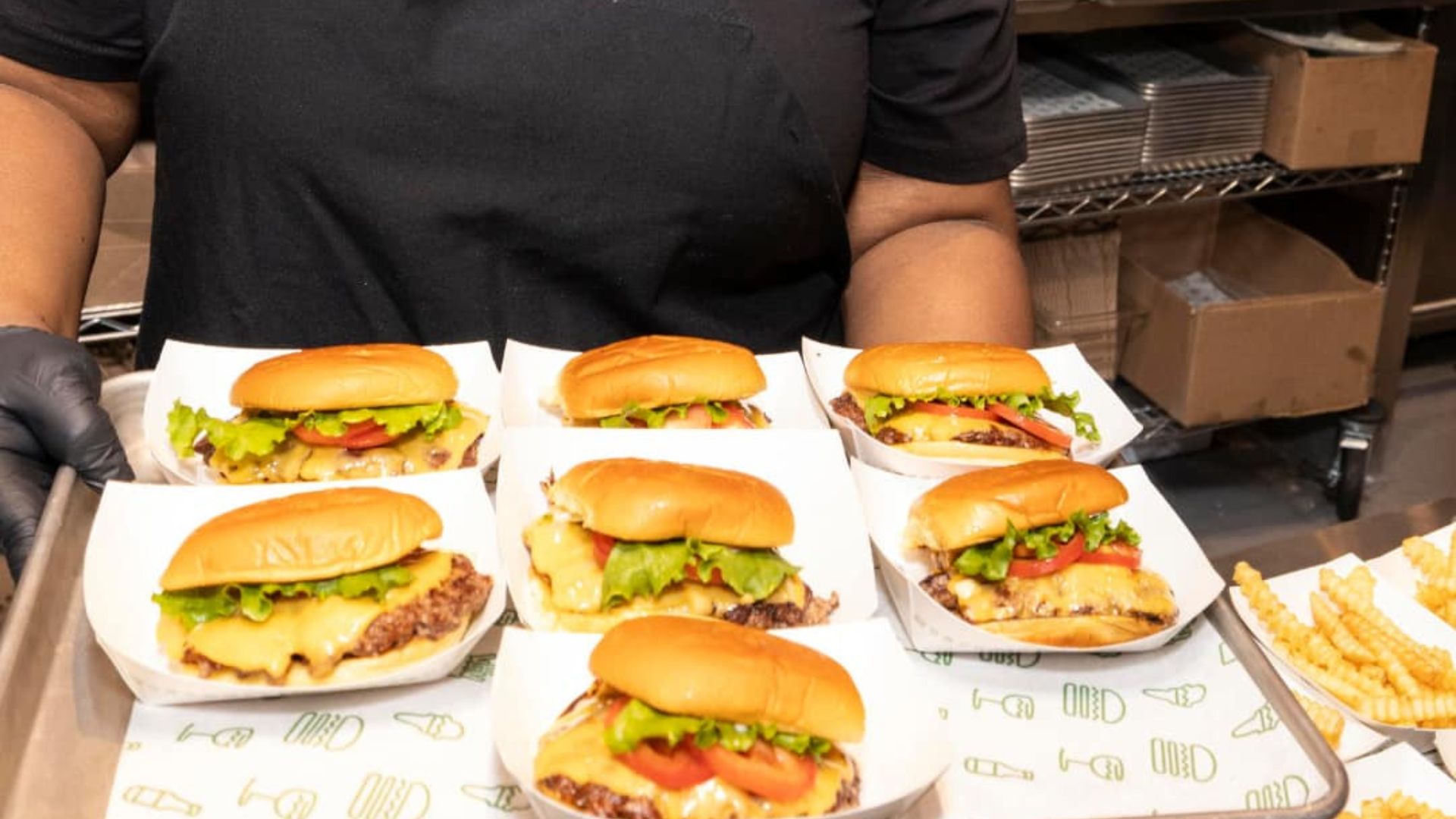
When asked about the impact of the new minimum wage law, Shake Shack declined to provide further comments.
The company chose to let its actions speak for themselves, focusing on strategic adjustments rather than public commentary on legislative changes.
A Strategic Shift in Operations
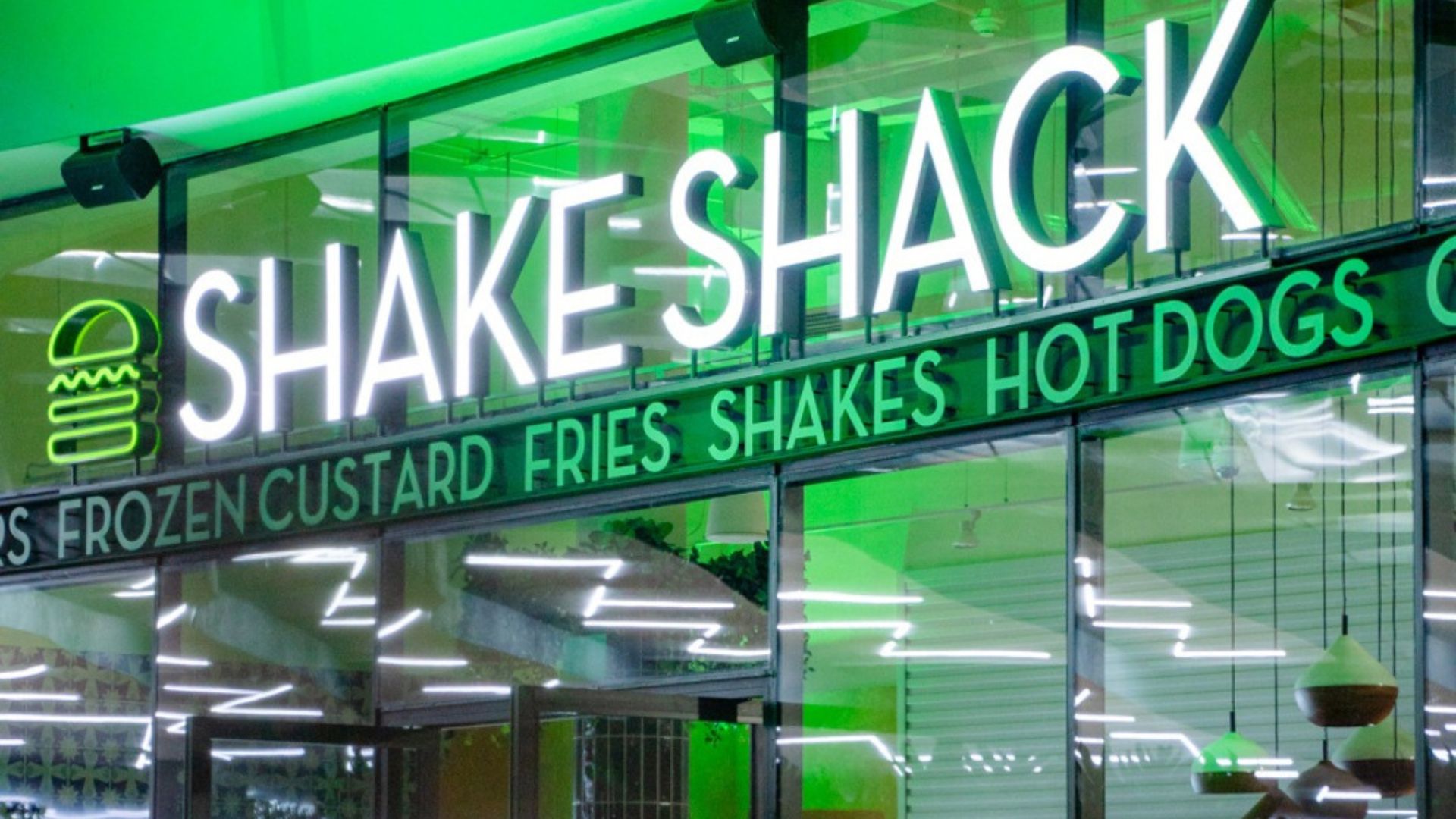
This marks the first time Shake Shack has closed locations for reasons not related to construction.
A company spokesperson informed the trade publication Restaurant Business, highlighting the significance of this strategic shift in their operational approach.
Cuts Beyond California

Shake Shack’s strategy to streamline operations isn’t limited to California; it’s a nationwide plan.
They’re also closing two stores in Texas and one in Ohio, pulling back to strengthen their overall business.
Setting a Closing Date
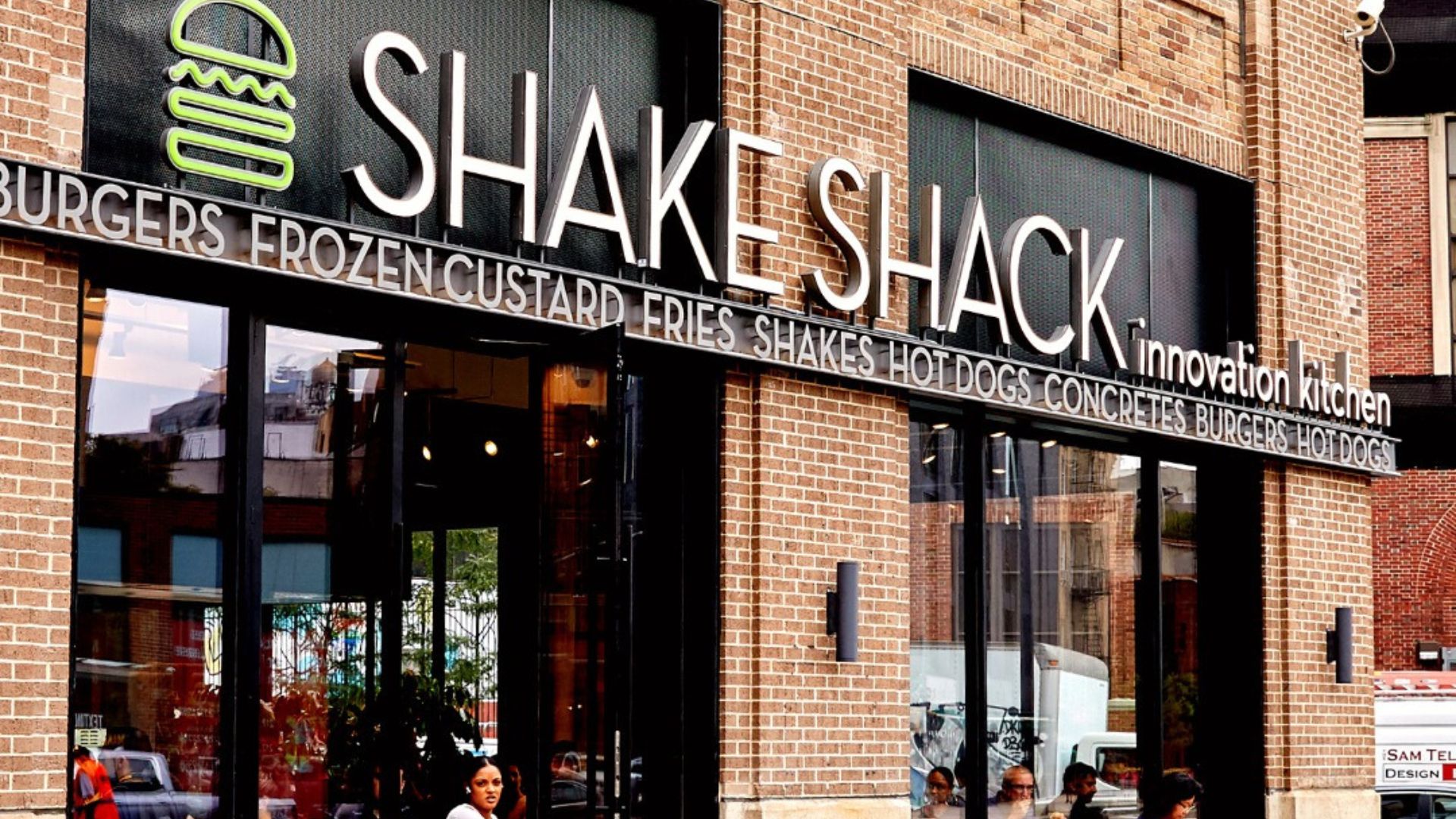
Mark your calendars: September 25th is the closing date for these locations.
Shake Shack has laid out a clear timeline to manage the closures smoothly and pave the way for future strategies.
Transition Plans for Employees

Employees at the shuttered locations aren’t left hanging.
They have the option to transfer to other Shake Shack stores or, if they prefer, to leave the company with 60 days’ worth of pay, offering a cushion during this transition.
Growth Still on the Menu

Despite the cutbacks, Shake Shack isn’t slowing down its expansion.
With 330 locations across the U.S. and over 180 internationally, the chain continues to look towards enhancing growth and sustainability, as per their SEC disclosure.
Industry-Wide Wage Reactions
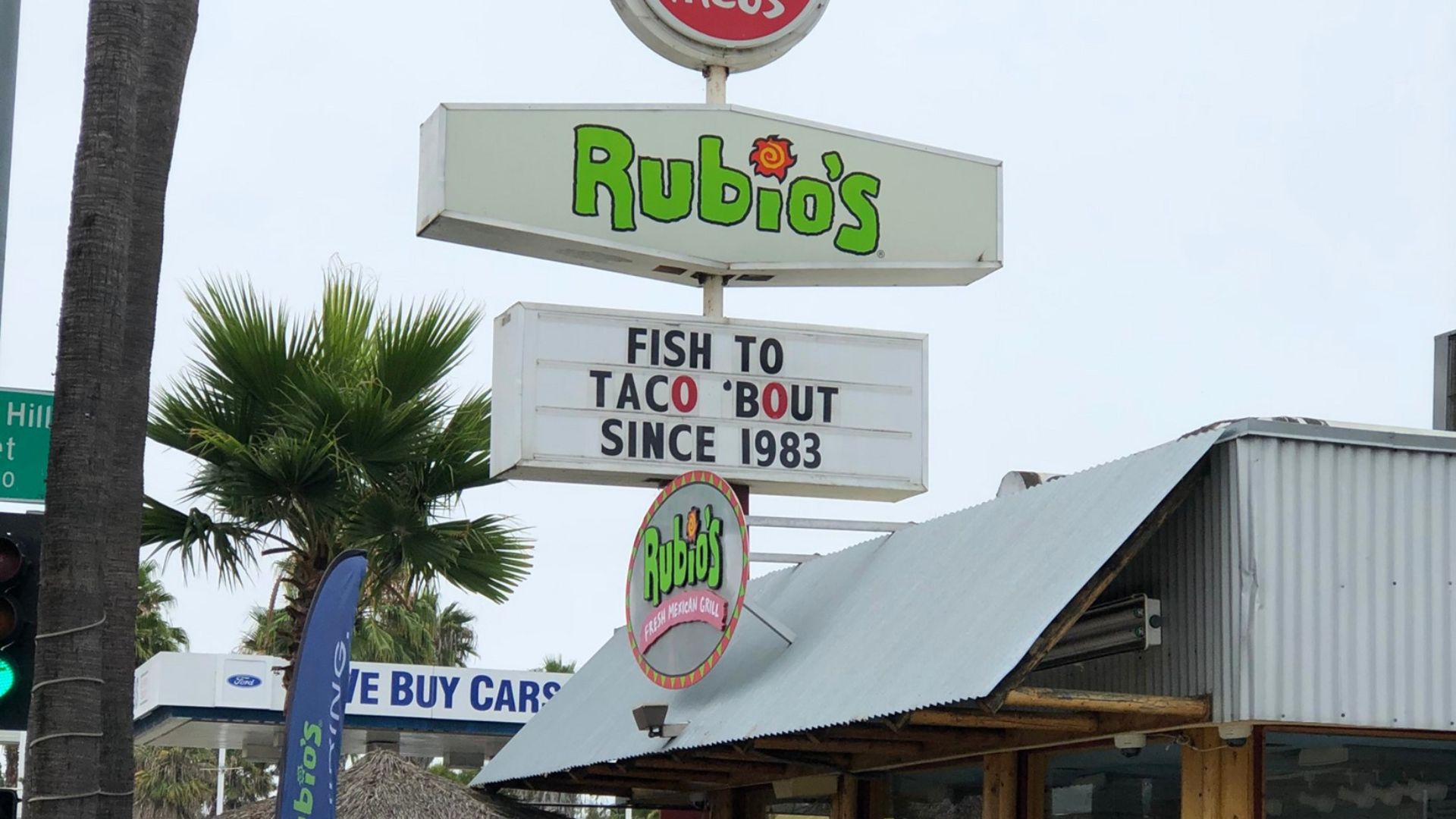
The ripple effects of the wage increase are visible across the fast-food landscape.
Some brands are hiking prices; others are shrinking operations, like Rubio’s California Grill, which shuttered 48 stores and entered bankruptcy, blaming California’s challenging business climate.
A Vision for Broader Appeal
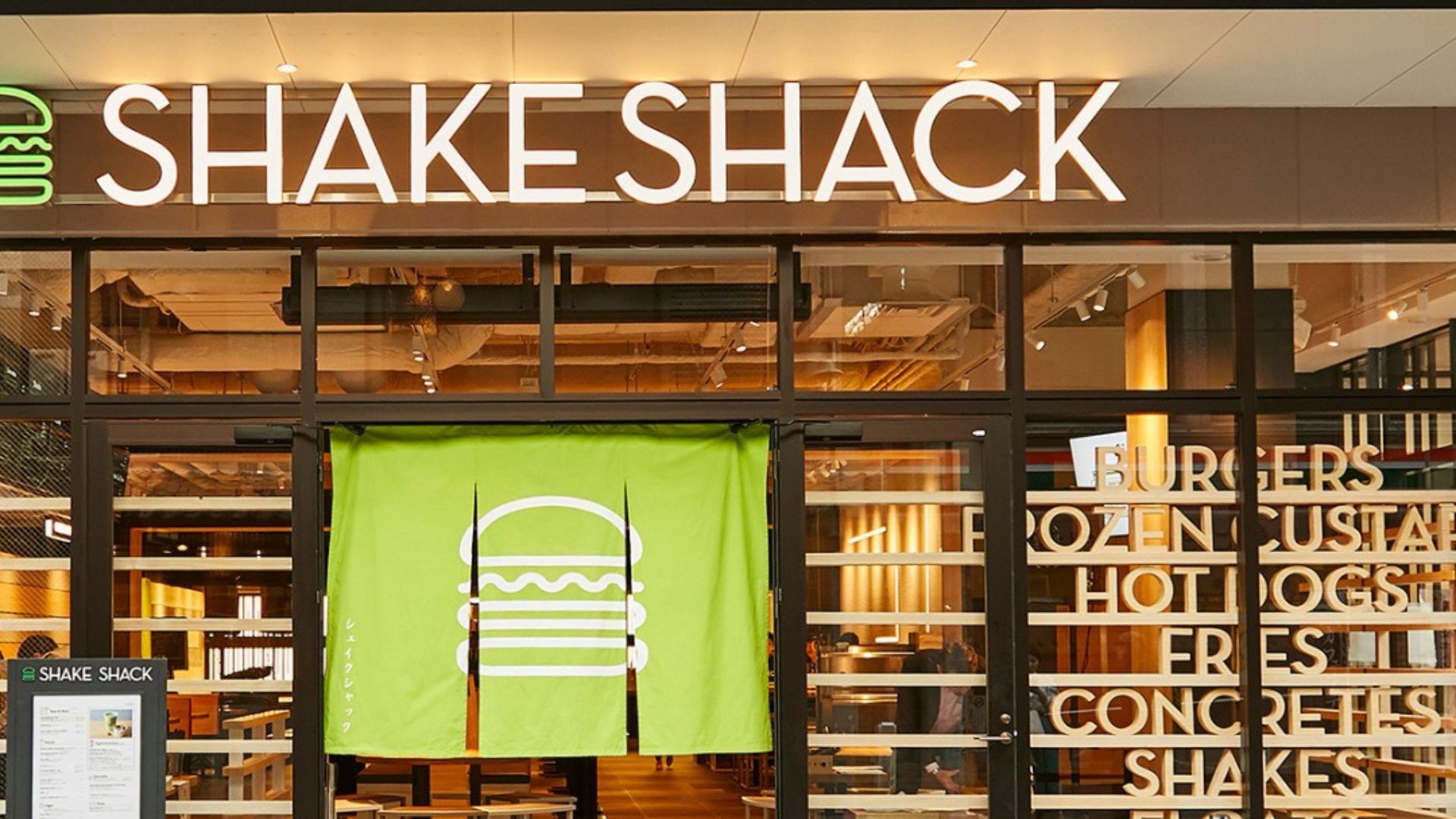
Rob Lynch, Shake Shack’s CEO since May, is setting a broader table.
Formerly with Papa John’s and Arby’s, Lynch is keen to transform Shake Shack into a fixture for families, not just those with deep pockets, focusing on accessibility and community relevance.
